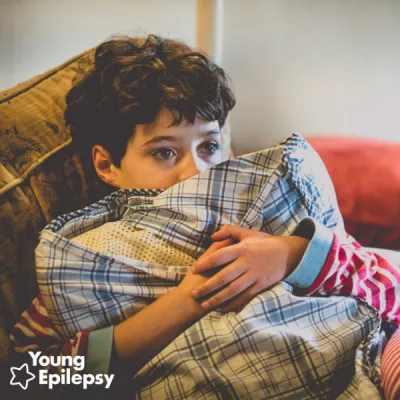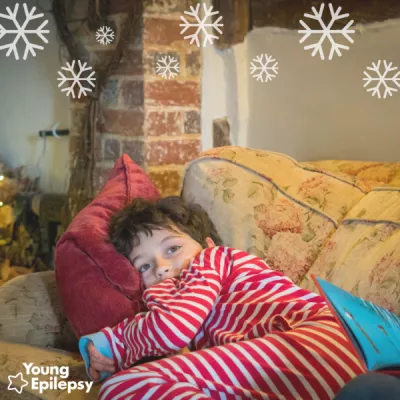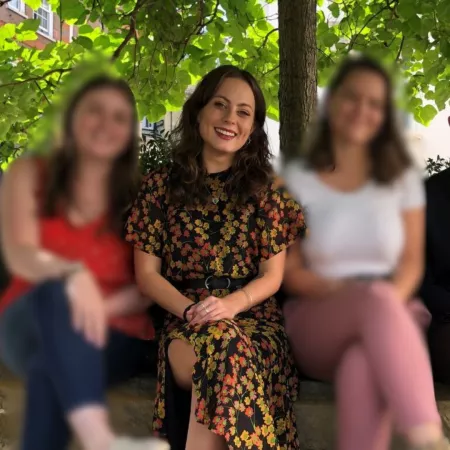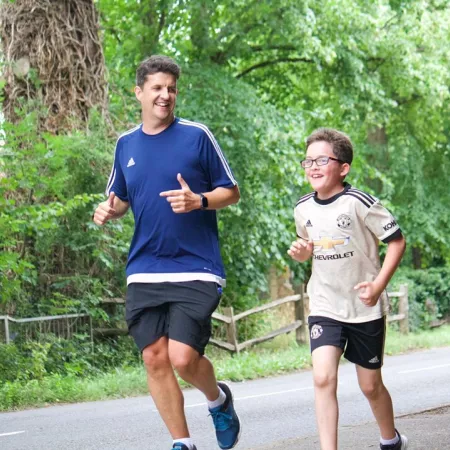
Jack showed no symptoms of Epilepsy until he was six. So, his epilepsy diagnosis came as quite a shock to his parents. When he was nine months-old he crawled strangely with a clenched fist but health professionals assured his mum and dad that this was nothing to worry about and he showed no further symptoms. However, he began to struggle to concentrate when he turned six and his night seizures started shortly after.
When Jack’s parents woke in the night, they assumed it was Jack’s little sister making the noise as she was in a full cast after having hip displacement surgery. Instead, it was Jack.
He was foaming at the mouth and shaking. He was blue and had stopped breathing. This was his first tonic-clonic seizure.
Jack’s mum remembers: “It was scary. His face looked so different – because of the tension. You never get used to it. I had post-traumatic shock after the first seizure.”
Jack was blue-lighted to hospital where they hoped it would be a one-off. But Jack’s second seizure started a few days later.
What meds were prescribed?
Relief was on the way as Jack was prescribed meds twice daily with a course of Epilim. And then further trauma followed. Jack had a massive allergic reaction that caused his face to swell up. After a complicated trial of meds, eventually Jack’s epilepsy began to get under control.
Fear of bedtime
Night seizures don’t just steal sleep. They steal emotional security and stability. Thankfully, Jack didn’t have another seizure for two years. But the PTSD was still having an impact on the family, Jack’s mum explains “I wasn’t sleeping and I became a nervous wreck.” Sadly, when Jack was eight, his seizures returned and he had three in a row. The family were soon back in the cycle of hospital visits and tests.
“We weren’t as scared this time around – we were better prepared” reveals Jack’s mum. “We called the Young Epilepsy helpline for advice.”

Help and support
Jack’s family also received support from the hospital who conducted sleep studies to identify patterns. But his seizures were infrequent so there was no definitive answer.
Jack now wears a pulse-rate monitor every night which is connected to an iPad in his mum’s bedroom. If his heart rate increases to suggest an imminent seizure, an alert is sounded. This allows Jack’s mum to sleep without being on red-alert and restless but safe in the knowledge that if help is needed, she can be there immediately.
Jack’s epilepsy is now managed by a careful routine of meds and monitor. Jack’s parents believe it’s vital that he leads as normal a life as possible for a boy of his age. He horse rides and enjoys sport, including swimming where he receives 1-2-1 support. They also believe honesty plays a huge part in living with epilepsy. “We have a very honest relationship with him. There’s nothing worse than keeping secrets from him about his condition. He’s now very open about it, and not embarrassed to talk about it...and is getting to the stage (11yrs) where he wants to know more about it, which The Channel will be able to help with”, reveals Jack’s mum. “Jack is loving and caring and has a very close relationship with his sister. He’s funny, charming and sensitive. People never forget him once they have met him.” Like many parents, Jack’s want him to be known for who he is, not defined by his epilepsy.




